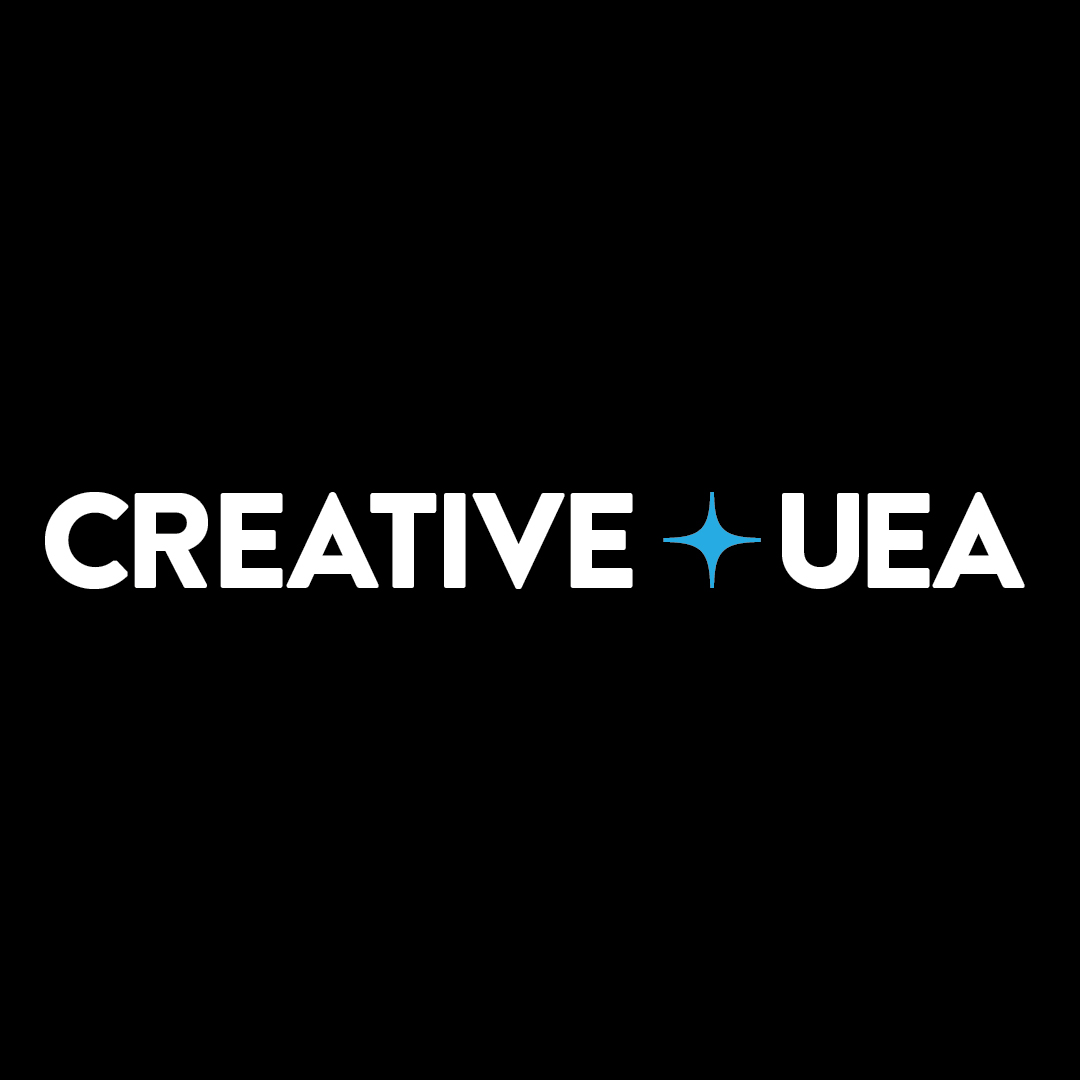Health and the humanities
Where do medicine and the humanities meet?
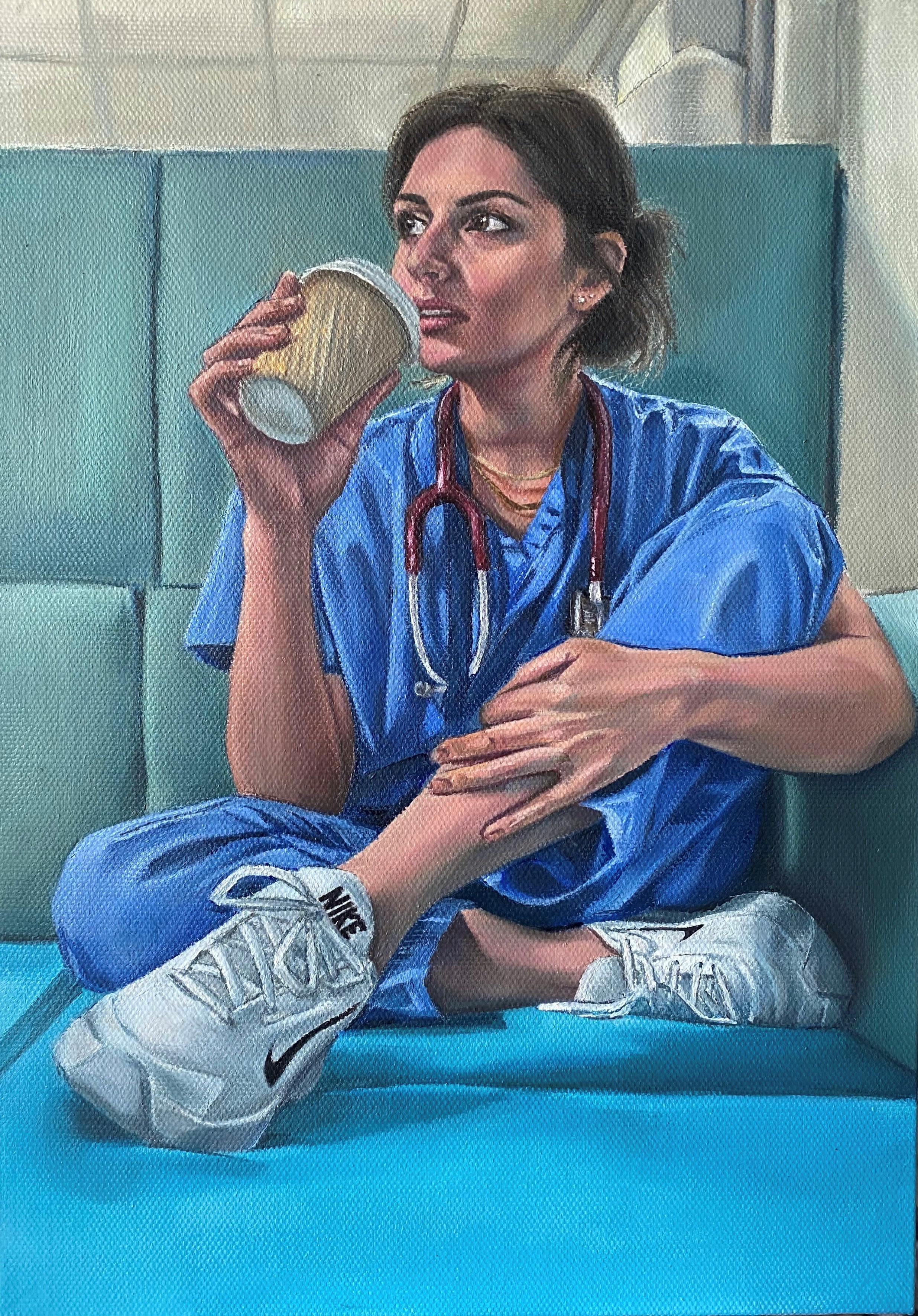
Three leading UEA academics explore the interdisciplinary overlaps between health, medicine, the arts and humanities.
"Throughout history, times of extreme suffering have led to periods of enormous creativity"
Art, stories and drama yield new ways of understanding ourselves, our health and our wellbeing. During this slice of living history – in which we are trying to learn lessons from the COVID-19 pandemic – we have an opportunity to radically rethink both the role of the humanities within healthcare, and the role of the humanities in helping us understand health and care. What is health? What does it mean to have time and space to care in the contemporary landscape of health? Who is deemed healthy, and who is able to access health? How, indeed, do cultural narratives about health, illness and disability shape this access?
By better understanding the intersections and dissonances between patients’ lived experiences of illness and wider cultural narratives of health, illness and disability we can work towards improved clinical outcomes, and policies and practices that put the patient at the centre.
The Medical and Health Humanities encompass a range of clinicians, researchers, and practitioners, who work on these questions and many others. Some of these colleagues may be probing the relationship between creativity and health, asking how engagement with the creative arts could benefit members of the public via social prescribing, or could enhance the wellbeing of healthcare professionals via specific workplace interventions. Others will be examining how longstanding stereotypes about disabled bodies, reproduced in literature, in art, in the media, can reinforce the stigma that disabled people may face when interacting with public institutions, including healthcare services.
Yet other scholars will be reflecting on the clinical encounter as a site of creativity, where an illness narrative can emerge, fostered by the clinician’s skilful communication and by the patient’s sense of being put at ease. The quality of the relationship between patient and clinician can have an impact on whether the patient feels heard, the feelings they have about their illness, and how likely they are to take any medication. And there are many other ways in which healthcare and the humanities speak to each other.
Many researchers at UEA are already working at this fascinating intersection. In this article three leading UEA academics – Professor Christie Watson, author of medical memoir The Language of Kindness: A Nurse’s Story, Dr Harriet Cooper and Professor Sally Hardy – examine the intersections between health and the humanities.
NARRATIVE MEDICINE: WHY STORY MATTERS
Prof Christie Watson, Professor of Medical and Health Humanities, UEA
The last few years have been a time of profound, unimaginable suffering. But it has also been a time of much innovation and compassion. We are learning to rethink our relationship with science, as well as art, and further understand the value of creativity across all disciplines. Creativity brings hope; originality and ingenuity have enabled scientists to develop vaccines at unimaginable speeds. And alongside this era of ground-breaking scientific creativity, we all – perhaps more than ever – understand the meaning of compassion: to suffer with, the true value of kindness.
I always thought of UEA as a kind as well as creative university. The NHS has consistently reminded us over the past few years that an organisation is its people. The people of UEA – fostered by a culture of agile innovation – have shown their compassion and creativity in their response to the global pandemic. We have seen expert faculty advising national and international health bodies, world class research into the virus and its impact, providing diagnostic testing, and supplying the NHS with equipment. And now, during this time, UEA is committed to Medical and Health Humanities.
Throughout history times of extreme suffering have led to periods of enormous creativity. UEA’s vision for a creative future is ambitious and vital. Creativity is the binding force that joins the dots between the abstract and concrete, the metaphorical and literal and helps us make sense of the world. It connects us – particularly after a period of great division – and helps us to move forward together. Creativity provides understanding into our human condition and is key to our search for meaning.
How we tell our stories and how we listen to our stories is the creative core of every single subject: from politics to archaeology, to poetry, to virology, to evolutionary biology, to nursing, to law. Our relationship with story has changed. In the future, I suspect, how we approach narrative will be central to all disciplines. As well as searching for fact, we are all now seeking truth. Much of academia involves peeling off layers to get to the good stuff, but we are coming to recognise that the layers themselves are increasingly important. Interdisciplinary working provides deeper meaning, and is increasingly regarded as beneficial for individual students and faculty as well as fostering a rich and diverse culture of a university itself.
Worldwide, creative collaboration within universities is an expanding movement: neuroscientists and musicians are working together to understand sound; law students study film-making and film-makers study law; medical students and dancers jointly choreograph performances that examine pain.
UEA has a long and proud history of commitment to creativity and the future brings vast and exciting opportunities in cross-disciplinary working and teaching, research and enterprise, and with existing and new partnerships across the community. With vision, creativity, and collaboration, there is a hopeful future ahead. Science will cure us, and art will save us.
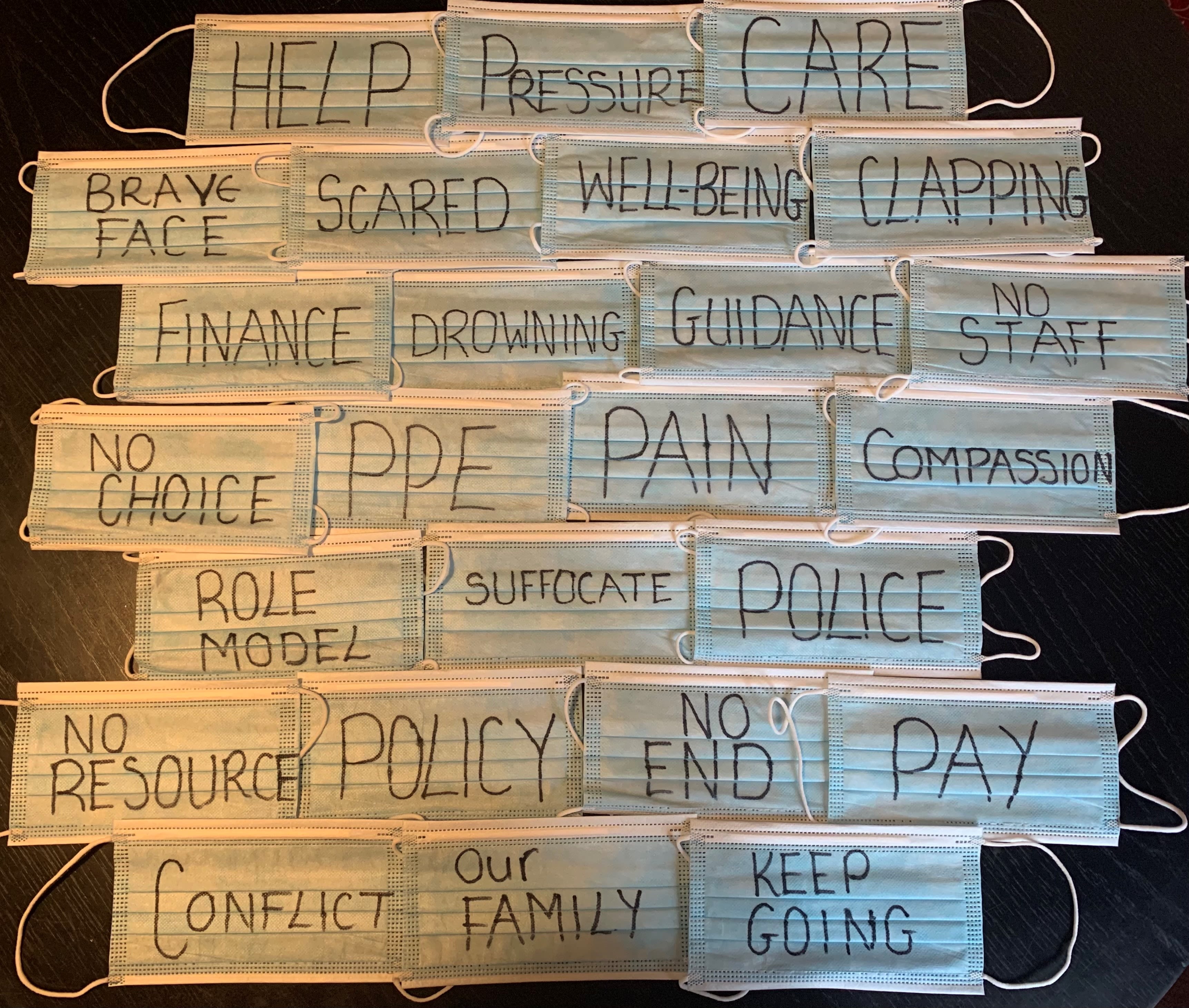
Art Piece 1, Danielle Robinson (2021), Created for the Centenary of Caring project
Art Piece 1, Danielle Robinson (2021), Created for the Centenary of Caring project
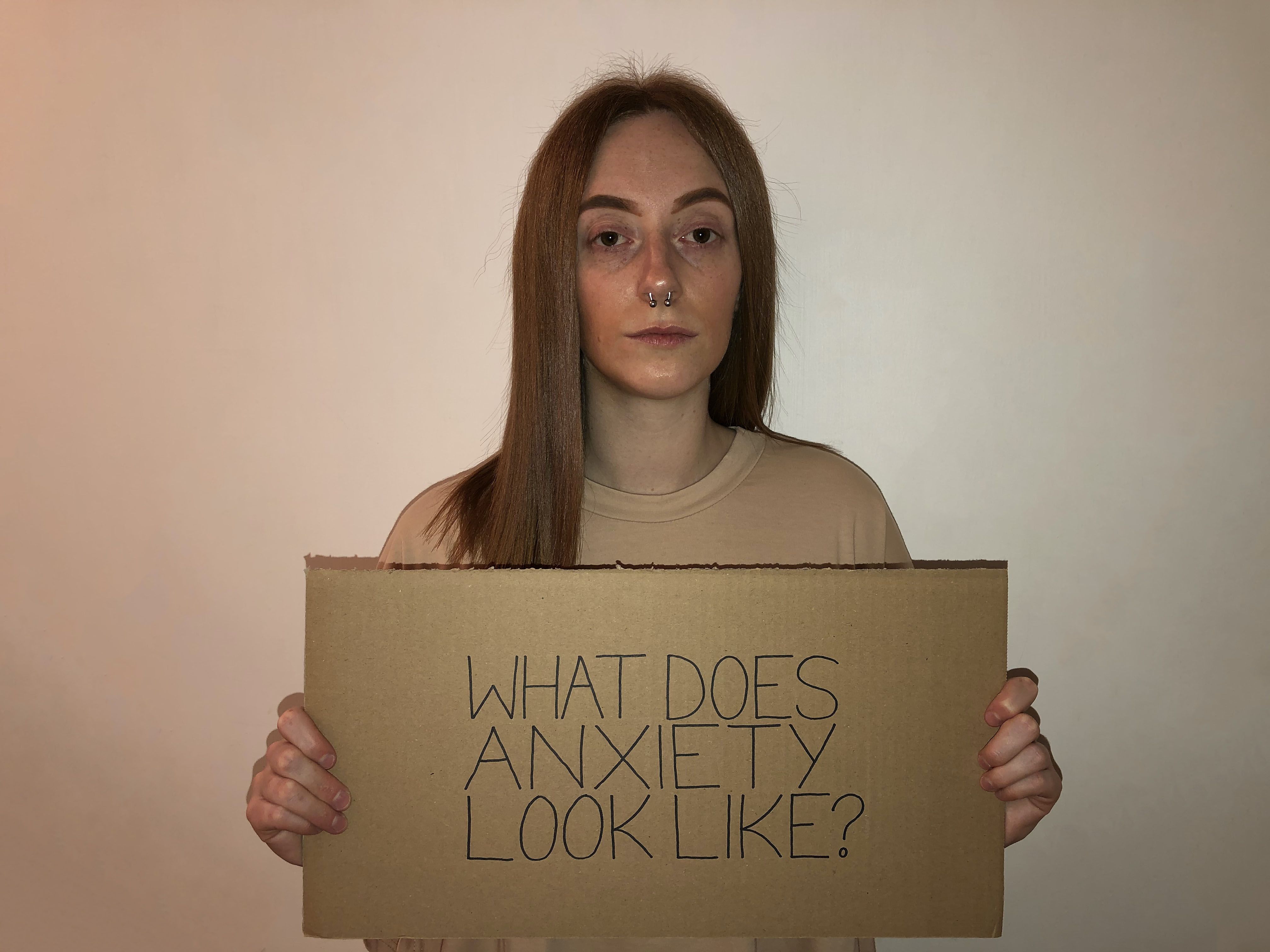
ON COMING TO ENACT A PARTICULAR NARRATIVE OF DISABILITY
Dr Harriet Cooper, UEA Medical School
When I was diagnosed with a mild physical impairment in early childhood, my diagnosis was accompanied by a prognostic statement, delivered by a consultant, which came to dominate the family culture surrounding my disability. I was born in 1980, and diagnosed at the age of 11 months with hemiplegia – a mild physical impairment caused by a birth injury.
The prognosis, as it was recounted to me, went like this: ‘Harriet might never learn to swim, might never ride a bike, might never play a musical instrument’. Perhaps the original pronouncement was softer, winding, prefaced, caveated. But this is the form it came to take in my mind, this was how it was mediated to me. For the child of an upper middle class academic family in the early 1980s, it came to have the quality of a sentence.
But also, at the same time, it was a sentence that had to be overturned, a judgement passed upon my body and my capacity that had to be proven wrong. Every effort was made to make sure I would do those things mentioned by the consultant – those particular things – and I did do them. Did we imagine that these achievements could somehow alter the fact that I had an impairment?
"It is in and through this primal scene of prognosis that I have journeyed with and arrived at the intersection of medicine and the humanities"
How does a prognostic statement of this kind – presumably uttered quickly by a busy paediatrician with other, sicker children to go and see – come to take on such force within the culture of a family? How does it come to carry such weight, to be told and retold with the emphasis it now has for me, how does it get embedded within the fabric of the stories a family tells itself and tells about itself? How did this one statement drive my life forward in a very particular fashion, producing ‘disability’ as a state that had to be overcome?
It is in and through this primal scene of prognosis that I have journeyed with and arrived at the intersection of medicine and the humanities. I am fascinated by the clinical encounter as a site of emotionally-charged interaction in which meaning emerges, in which a narrative can take hold, or be reshaped.
What do the clinician and the patient each bring to the encounter, what do they each want from it? How do the preconceptions of each actor shape the dynamics of the interaction and allow a particular medical history to be taken, and a particular narrative of the illness to emerge? What contextual factors give the words of the consultant the power to make something happen, to make a prescription into one that can have an effect, to turn a brief prognostic utterance into a narrative that gives disability a particular shape and force within the life of a family? And what makes it possible for the clinician and the patient to arrive within the space of the clinic in the first place in order to do this work of narrative-making? Who is able to access healthcare; who is in a position to become a doctor? Whose body is seen as deserving of treatment? What kinds of lived experiences are understood as medical problems, and is their diagnosis as such helpful? Does it matter how illness and disability are portrayed in literature, the media, and popular culture – does this make a difference to the narratives that emerge in the clinic?
These are some of the many questions that the Medical and Health Humanities allow us to open up. In revisiting the clinic, the hospital, the medical school, and the sick body as sites which shape a culture as well as being shaped by it, the Medical and Health Humanities expand our understanding of what health is, and what it can be.
CREATIVE ARTS CAN ENHANCE WORKPLACE WELLBEING
Prof Sally Hardy, Professor of Mental Health and Practice Innovation, UEA ImpACT Research Group
The arts cut through stigma, social hierarchy, boundaries and personal prejudices; they can play a vital role when working to further understand and improve mental and physical wellbeing and catalyze real healthcare innovation.
Arts engagement is a broad banner. By using this term, I mean anything that represents a process of creative expression - whether that is painting, poetry, pottery, dance or singing. Creativity is also an everyday humane act, which includes cooking, gardening and sewing. There are placed-based opportunities where a creative act can take place - studios, museums, galleries and libraries. By exploring these myriad creative acts and settings we can delve deeper into what being creative means for individuals, and further hone the notion of creative arts engagement as a purposeful activity within healthcare.
I work as a Professor of Mental Health and Practice Innovation at the Norwich Institute for Healthy Aging, and I am always keen to learn more about creative solutions to complex problems to inform my research. My professional and personal experience has taught me that engaging with creative arts - whether as a facilitated activity or as a singular occupation - can help bridge the gap between the inner workings of our minds and our external agency and connections. Purposefully using our creativity is a process that enables us to share our individualized perspective with others; it gives us an improved understanding of how we interact with and understand not just our inner selves but the wider world. More than this, it is also about noticing how creative activities can manifest in our physical and psychological health.
2021 was identified as the ‘International Year of the Nurse and Midwife’ and our intention at UEA was to celebrate caring as a professional artistry. COVID-19 meant that our planned collaboration with Norwich University of the Arts (NUA) was quickly moved online. Our perspective shifted, and we facilitated workshops with students and practitioners to allow them to explore, understand and contemplate the impact of the pandemic on their own wellbeing and capacity for compassionate caring. The resulting virtual exhibition, ‘A Centenary of Caring’, is a unique collaboration between Norfolk and Waveney Health and Care Partnership, NUA and UEA that sees front line health and social care practitioners collaborate with fine art students to produce works that represent their experiences of the pandemic and its impact on their wellbeing. The artworks reveal heartfelt responses and reactions where tender moments and reflections sit alongside splatters and bursts of emotion.
Understanding the relationship between creative acts and wellbeing requires a need to engage not just with the individual, but also to consider their context and their relational response to place. ‘Artistry’ is umbilically tied to the social circumstances of any potential creative activity and it is by considering this that we can begin to further understand each individual and their own unique creativity.
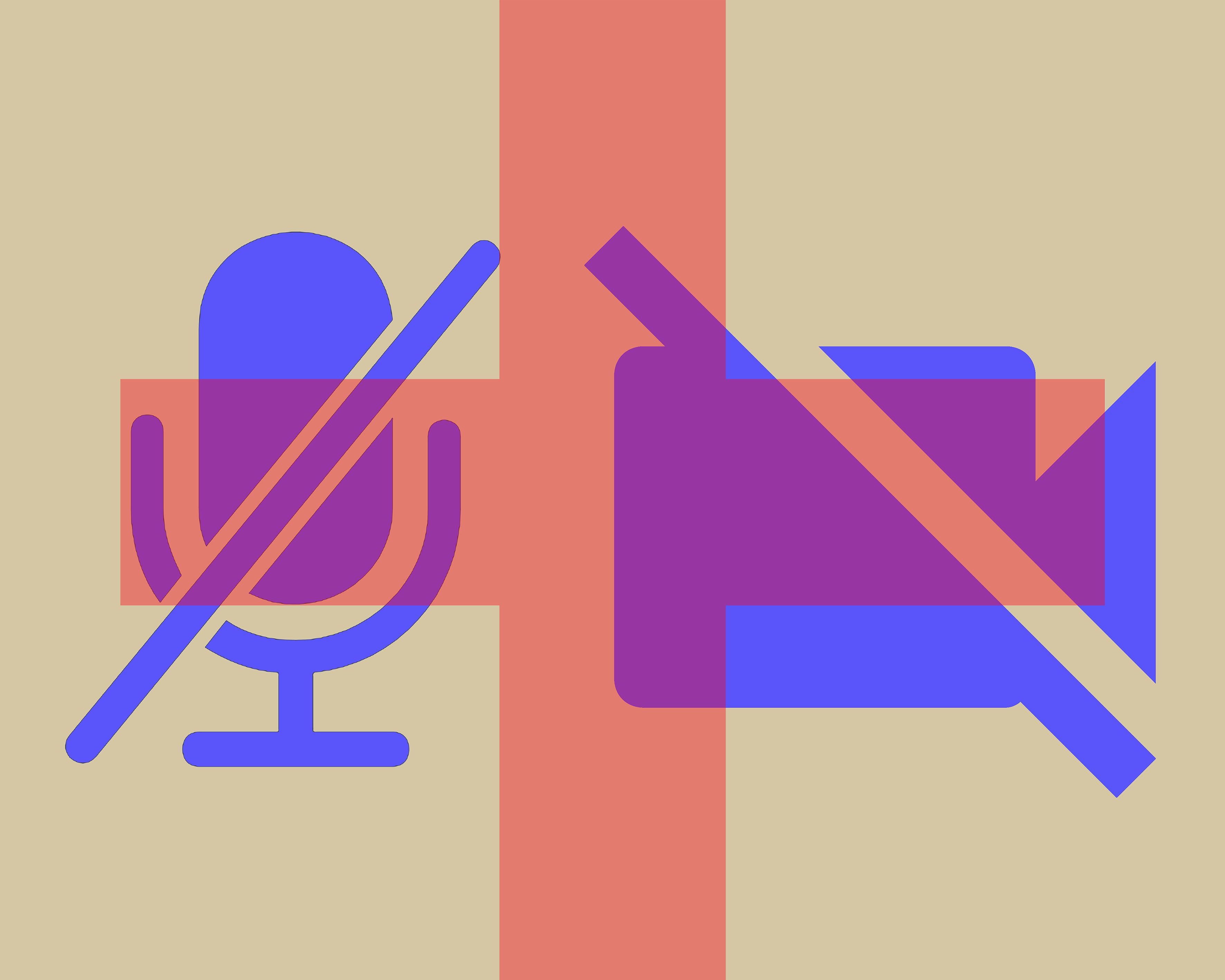
OFF, Carl Rowe (2021), Created for the Centenary of Caring project
OFF, Carl Rowe (2021), Created for the Centenary of Caring project
‘What is the Intersection of Medicine and the Humanities’, the 2022 Lasdun Lecture, was hosted at The Royal Institution of Great Britain, London and featured a portraiture exhibition from recent UEA graduate, Dr Lena Ibrahim. You can watch the recording and others on the UEA Public Events YouTube channel.
‘A Centenary of Caring’ was a unique collaboration between Norfolk and Waveney Health and Care Partnership, Norwich University of the Arts and UEA Health Sciences. Front line health and social care practitioners collaborated with staff and fine art students in online workshops to produce works that represent their experiences of the Covid-19 pandemic and its impact on their wellbeing. The resulting exhibition was curated by Norwich University of the Arts. Take a virtual tour of the exhibition.
Follow UEA Medical and Health Humanities on Twitter.

